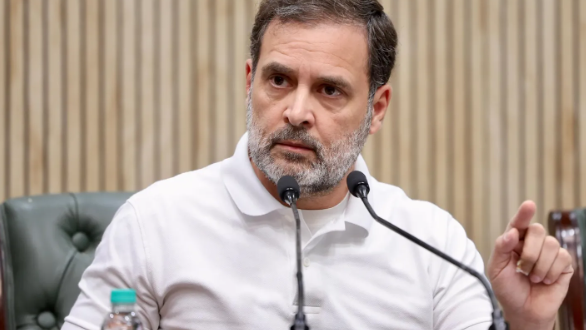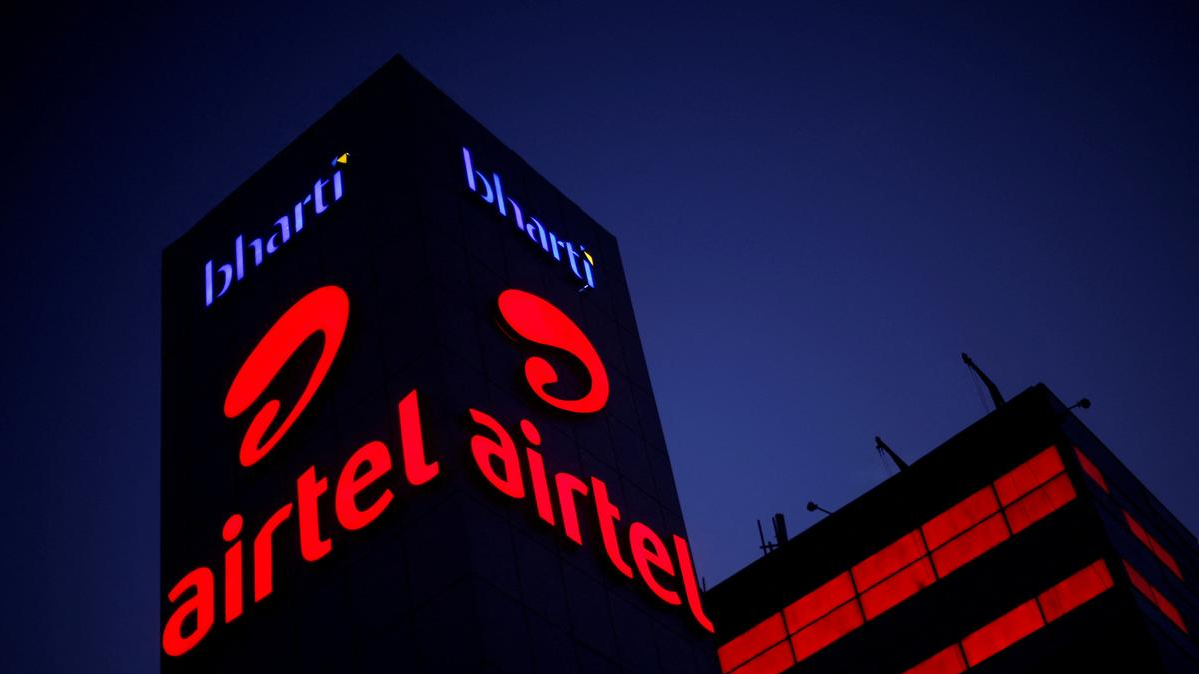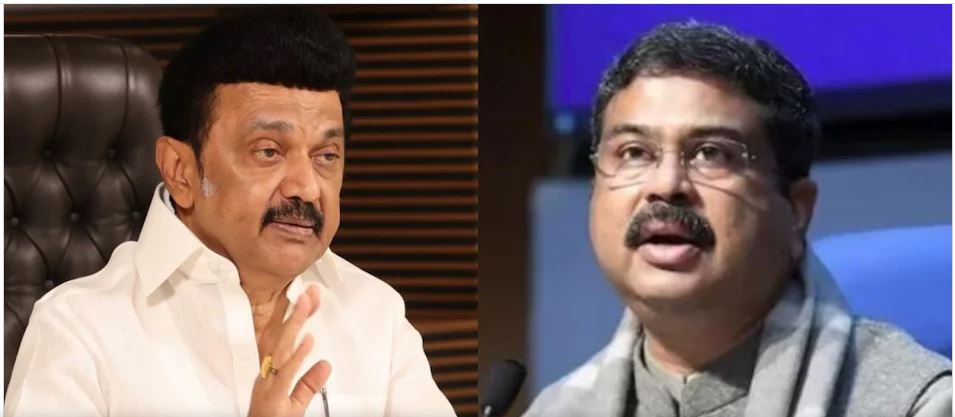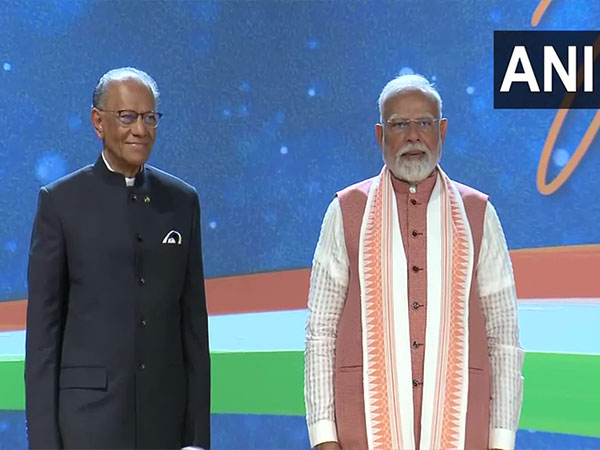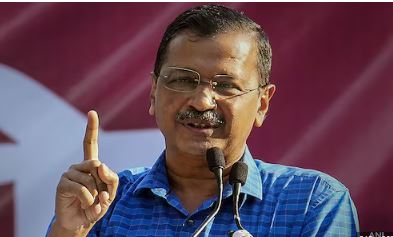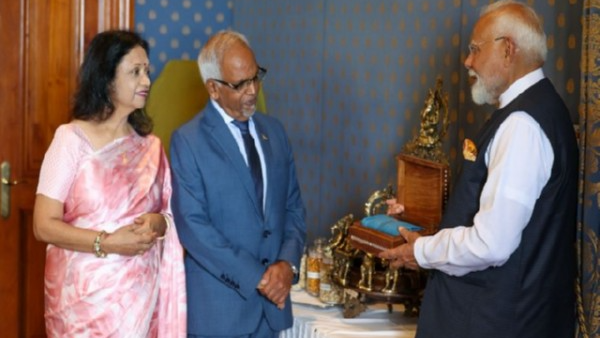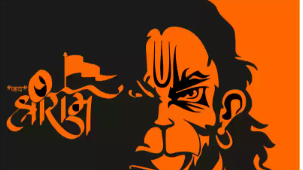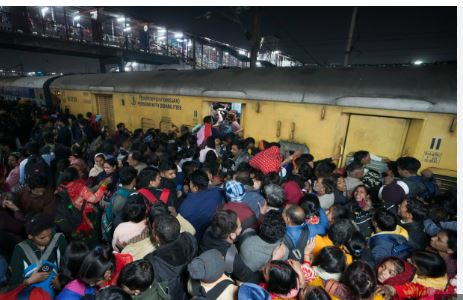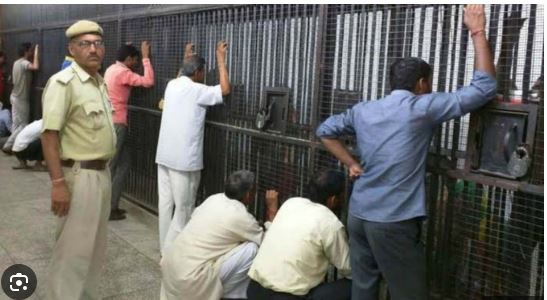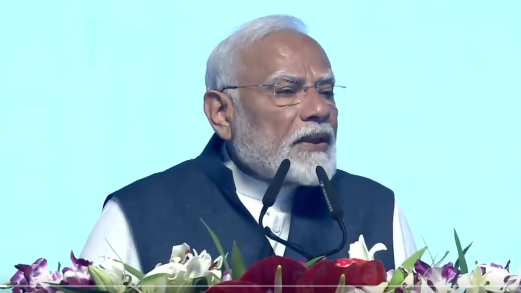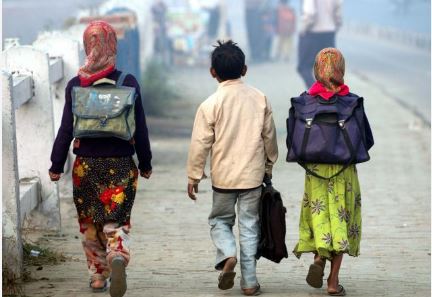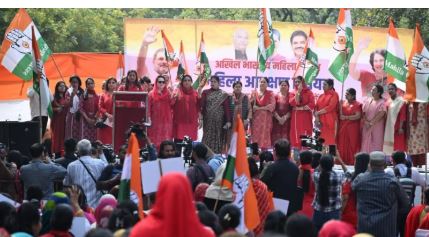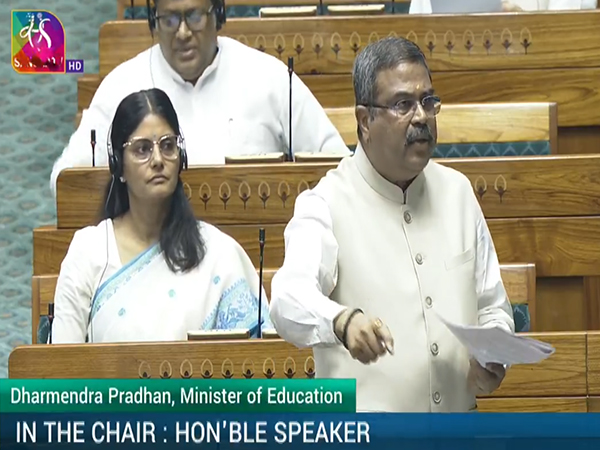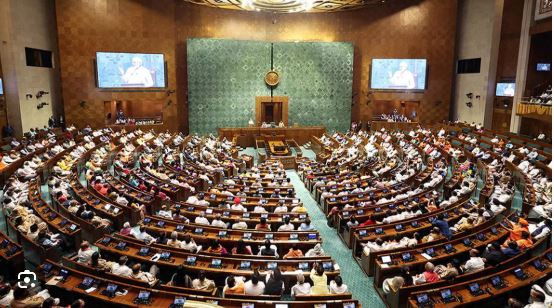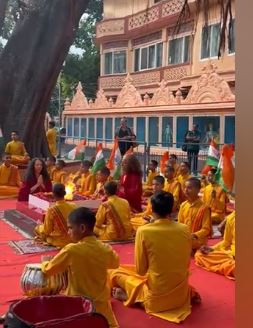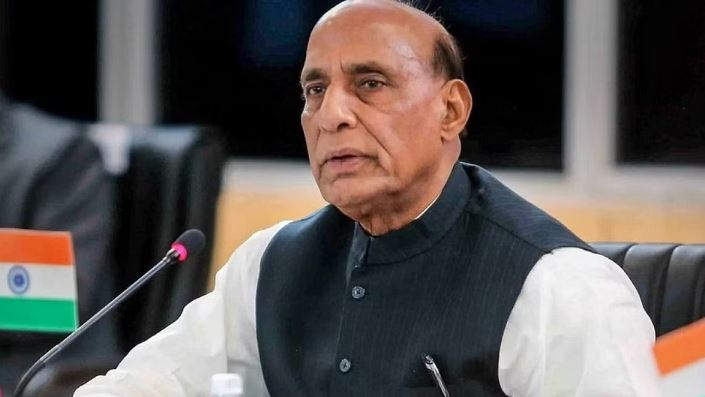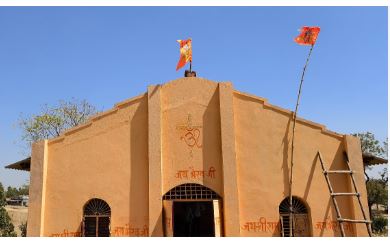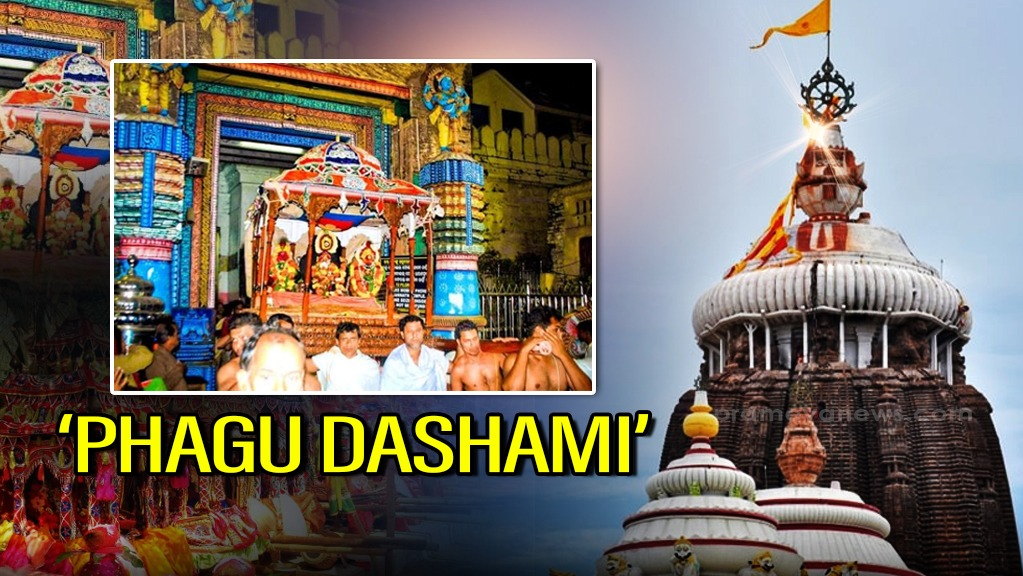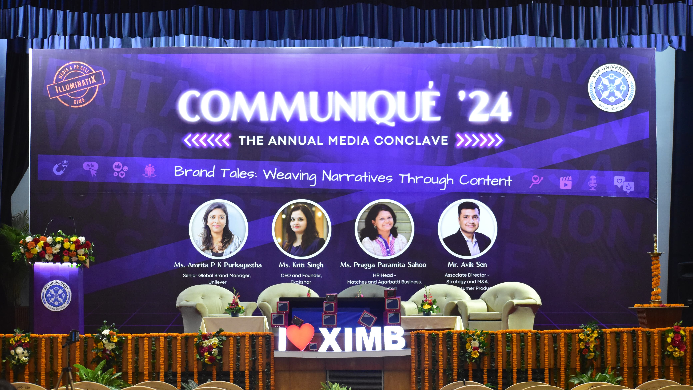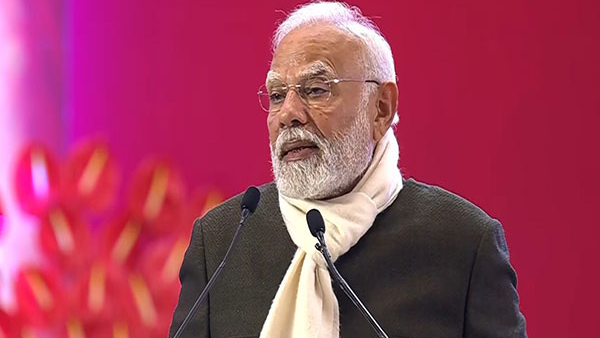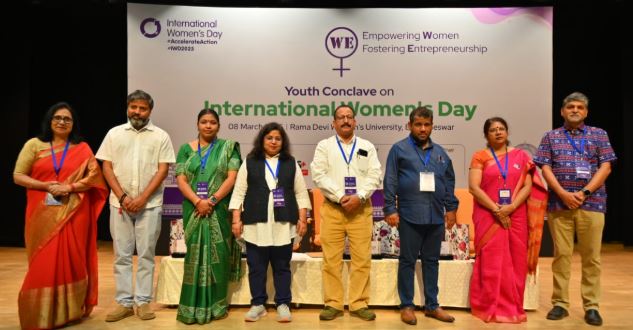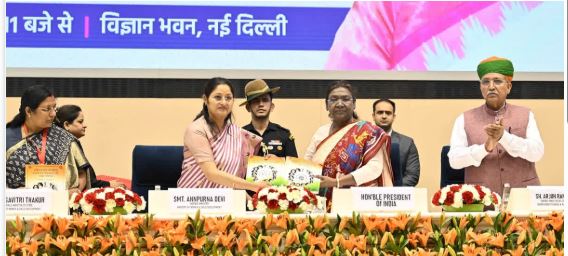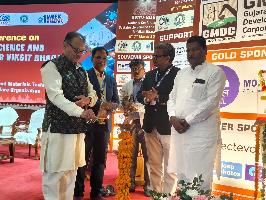New Delhi: A significant controversy has erupted over Maharashtra's electoral rolls, with Leader of Opposition Rahul Gandhi raising serious questions about the mathematical possibility of the state's voting numbers. The dispute centers around a fundamental discrepancy: how could 9.7 crore people cast their votes when the state's adult population stands at 9.4 crore?
The Core of the Controversy
Speaking about the Maharashtra Assembly election results, Gandhi presented a stark mathematical puzzle. "According to government data, the population eligible to vote in Maharashtra is 9.54 crore. However, 9.7 crore people exercised their franchise in the Assembly polls. How is that possible?" he questioned, while emphasizing that these concerns weren't allegations but rather questions seeking transparency.
Timeline of Voter Additions
The controversy deepens when examining the timeline of voter additions. Gandhi highlighted two critical periods:
- Between the 2019 Assembly polls and 2024 Lok Sabha elections: 32 lakh voters added
- Between the Lok Sabha polls and Assembly polls in 2024: 39 lakh voters added in just five months
This rapid increase in voter numbers, particularly the addition of 39 lakh voters in a mere five-month window, has raised eyebrows among political observers and election watchers.
Our questions to the Election Commission on the Maharashtra elections:
— Rahul Gandhi (@RahulGandhi) February 7, 2025
- Why did EC add more voters in Maharashtra in 5 months than it did in 5 years?
- Why were there more registered voters in VS 2024 than the entire adult population of Maharashtra?
- One example among many… pic.twitter.com/K7fOWdnXmV
The Shirdi Anomaly
Adding another layer to the controversy, Gandhi pointed to a specific case in Shirdi, where reportedly 7,000 new voters were registered from a single building's address. This unusual concentration of voters at one location has become a focal point in the broader discussion about electoral roll accuracy.
Congress Party's Official Response
The Congress party took formal action on November 29, six days after the Maharashtra Assembly election results were announced. A delegation met with the Election Commission and submitted a written representation, highlighting what they termed a "shocking" 13% increase in electors since the Lok Sabha elections. The party specifically requested access to the "raw data" for the 39 lakh newly added electors.
Election Commission's Detailed Response
The Election Commission responded on December 24 with a comprehensive breakdown of the numbers:
Total Changes in Electoral Rolls:
- Additions: 48,81,620 electors
- Deletions: 8,00,391 electors
- Net addition: 40,81,229 electors
Age-wise Distribution of New Voters:
- 18-19 age group: 8,72,094 electors
- 20-29 age group: 17,74,514 electors
- Total youth voters (18-29): 26,46,608 electors
The Commission explained these numbers within the context of recent electoral reforms. Following amendments to the Representation of the People Act, new voters can now register on four qualifying dates throughout the year: January 1, April 1, July 1, and October 1. This change was implemented to make voter registration more accessible and frequent.
EC's Stance on the Numbers
The Election Commission defended the increase in voter numbers, stating, "This is a welcome trend of participation of youth, the future of our democracy." They maintained that the additions made during this period in a large state like Maharashtra showed "no visible abnormal trend."
Immediate Response to Gandhi's Concerns
In response to Gandhi's public statements, the Election Commission committed to providing a detailed written response. Through their social media handle on X (formerly Twitter), they stated: "ECI considers political parties as priority stakeholders, of course the voters being the prime & deeply values views, suggestions, questions coming from political parties. Commission would respond in writing with full factual & procedural matrix uniformly adopted across the country."
The Broader Context
This controversy emerges at a crucial time in India's democratic process, raising important questions about:
- The accuracy of electoral rolls
- The speed and scale of voter registration
- The verification processes in place
- The transparency of electoral data
Future Implications
The outcome of this controversy could have significant implications for:
- Future electoral roll management
- Voter verification processes
- The relationship between political parties and the Election Commission
- Public trust in the electoral system
As this situation continues to develop, both the Election Commission and political parties face the challenge of maintaining public confidence in the electoral process while ensuring accurate and transparent voter registration procedures.
The Commission's promised detailed response is awaited, and its contents could potentially influence how voter registration and verification processes are conducted in future elections. Meanwhile, the controversy has sparked a broader national conversation about electoral integrity and the mechanisms in place to ensure accurate voter rolls.






